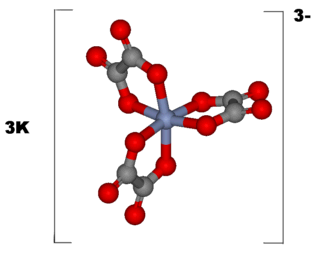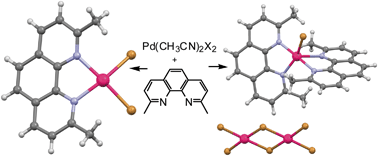Complxes: Structure and Isomerism
Structure
Structure is a basic, intangible or tangible notion considering to the recognition, observation, nature, and permanence of patterns and associations of entities. This idea might itself be an object, like a built structure, or an attribute, like the frame work of society. From a child's verbal explanation of a snowflake, to the thorough scientific analysis of the properties of magnetic fields, the idea of structure is now frequently an necessary foundation of almost every mode of discovery and inquiry in science, philosophy, and art. In the early 20th-century and former thought, form [disambiguation needed] frequently plays a role comparable to that of structure in current thought. The neo-Kantianism of Ernst Cassirer (cf. his Philosophy of Symbolic Forms, completed in the year 1929 and published in English translation in the 1950s) is occasionally considered as a precursor of the later shift to structuralism and poststructuralism.

The explanation of structure implicitly provides an account of what a system is made of: a configuration of items, a collection of inter-related components or services. A structure might be a hierarchy (a cascade of one-to-many relationships), a network featuring many-to-many links, or a lattice featuring connections among components which are neighbors in space.
Isomer
In chemistry, isomers are compounds with similar molecular formula but dissimilar structural formulas. Isomers do not essentially share identical properties, unless they also have similar functional groups. There are several dissimilar classes of isomers, such as stereoisomers, enantiomers, geometrical isomers, etc. There are two major forms of isomerism: structural stereoisomerism(spatial isomerism) and isomerism.
